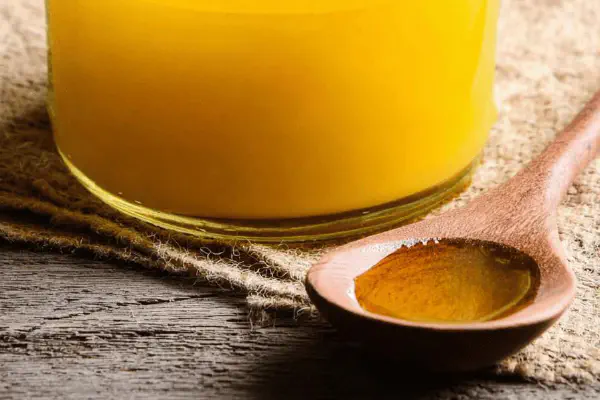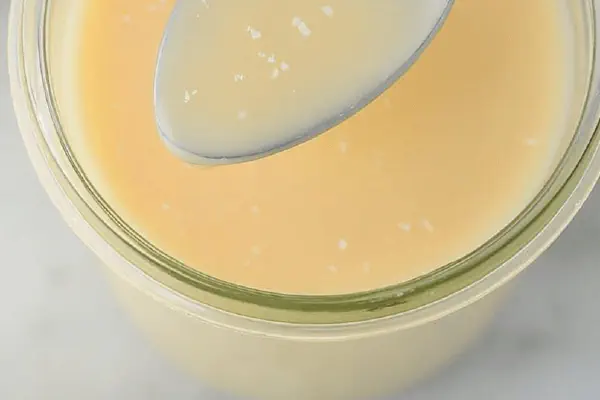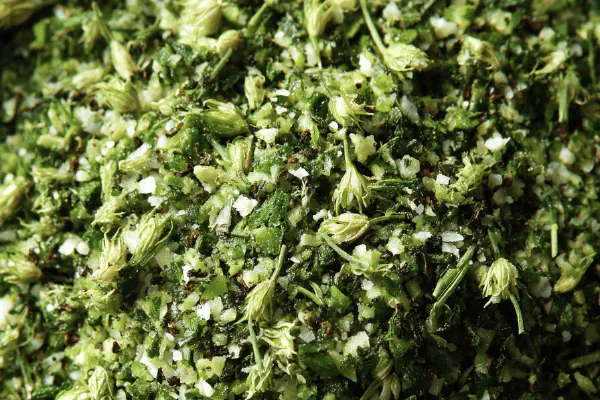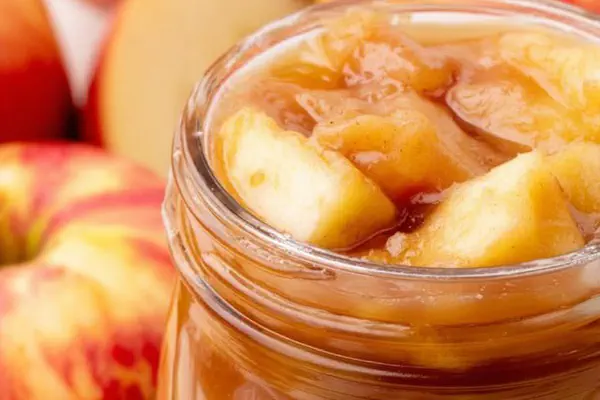Cast Iron Seasoning Remix
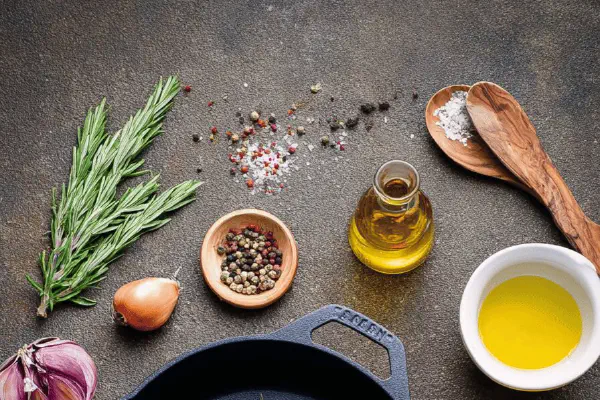
E
By Emma
Certified Culinary Professional
•
Recipe tested & approved
Season cast iron skillet by coating it lightly with oil then baking upside down catching drips. Wash with soap once then stick to gentle cleanings. Dry thoroughly to avoid rust. Use thin oil layers inside and out including handle. Heat changes oil bonding to metal for non-stick, rust-resistant patina. Repeat thin oil layers after baking for longevity. Use oils with high smoke points like grapeseed or avocado instead of usual vegetable oil. Timing varies by visual cues and smells. Aluminum foil catches drips preventing smoke. Cooling inside oven seals the seasoning evenly. Store away from moisture. Adjust oil amount; too much leaves sticky residue. Forks, scrapes, rough washing wreck layers. Patience and feel get you there.
Prep:
15 min
Cook:
Total:
Servings:
1 skillet
#cast iron
#seasoning
#skillet care
#kitchen tips
#cooking oil
Cast iron. Not some kitchen toy you toss around. It has mood swings rusting overnight if treated like trash. Learned the hard way after ruined pans and sticky mistakes. Soap’s usually evil here but once in a while it’s the medicine to reset the surface. Skip scrubbing metal tools unless absolutely needed to heal scratches. Oil choice matters – vegetable oil or shortening can be okay, but grapeseed or avocado rise like heroes with high smoke points and less residual funk. Watch heating carefully; too hot and you’ll blacken the oil, too cool and it won’t bond. Skillets start to sing when behavior matches heat and touch. Spread oil like whispering to pan, not slapping paint. Bake upside down to save mess and catch drips with foil. Let it cool in oven because sudden temperature shocks cause cracks. Keeps seasoning happy longer. Keep skillet dry and store in airy spot to dodge rust army. Seasoning is an art, not a chore, and the silent workhorse of restaurant kitchens. Keep layering thinly over time, you get smooth glossy skin rather than sticky swamp. Trust senses—smell toasted, look for thin sheen, feel a barely there coat. Done right, cast iron behaves like a pet, not an enemy.
Ingredients
- 1 cast iron skillet or cookware piece
- 2 tablespoons grapeseed or avocado oil
- aluminum foil for drip catch
About the ingredients
You only need a tiny bit of oil—don’t drench it. I swapped out vegetable oil from the usual recipe for grapeseed oil, high smoke point avoids burnt flavors and sticky residue better. Don’t skip coating the handle—forgot once, rust took a little bite. If you have no grapeseed or avocado, light corn or sunflower oil works but watch for smoke and flavor changes. Aluminum foil under pan catches drips that otherwise smoke and coat oven with gunk—save your cleanup hassle and nose. Soap once, just once to strip factory wax or old seasoning. Don’t overdo cleaning or you strip layers you want to keep. Dry thoroughly—always the hardest. Nothing worse than a rusty pan after hours of care.
Method
===
- Heat oven to 360 degrees Fahrenheit. Slightly higher than usual, gives better oil bonding but watch smoke.
===
- Use warm water and mild soap once, scrub with stiff brush. Normally skip soap except now to strip old build-ups. Rinse.
- Dry skillet thoroughly, use towel then heat on stovetop briefly to remove dampness. Moisture invites rust fast.
===
- Pour just a teaspoon oil inside and outside of skillet. Too much oil equals sticky, blot excess with a paper towel that doesn’t leave lint. Handle too—don’t forget.
===
- Place skillet upside down on oven rack center. Lay foil on lower shelf to catch any oil drips, prevents smoke disaster.
- Bake about 65 minutes. Watch for faint smokiness and smell deepening nutty oil. This signals bonding happening. Oven heat polymerizes oil on metal.
===
- Turn oven off, leave skillet inside until fully cooled to room temp. Don’t rush cooling—allows seasoning to stabilize. Remove gently.
- Once cool, apply another whisper-thin film of oil all over with clean paper towel. Wipe thoroughly.
- Store skillet in dry, ventilated spot. Avoid stacking or damp surfaces which invite rust and flaking seasoning.
===
- If buildup looks sticky or patchy, sand gently with very fine steel wool and repeat oil thin layers baked longer at slightly higher temps. Seasoning needs respect—layers build slowly.
- Resist over-oiling from the start—the temptation to drench kills the finish. Light touch wins.
- Invest some patience not just time. You’ll hear the faint crackle or sizzle while baking, smells glowing toasted oil. That’s progress.
===
Cooking tips
Heat higher than usual, 360 degrees helps polymerize oil better, giving firm non-stick layer. Coat skillet very thin—if you see pooled oil, blot with another paper towel immediately. Upside down on rack means gravity works for you and catch foil saves oven wildfires. Bake about one hour, not less. Watch for faint smoke and nutty smells—that’s the seasoning singing. When oven’s off, patience to cool inside lets seasoning set—don’t rush with cold tap water or you crack the pan or seasoning. After cooling, re-oil lightly. Skillet will look slightly dull but feels smoother. Moisture kills seasoning fast so store dry. If sticky residue appears, gently scrub with fine wool pad and try seasoning again with thinner oil layers baked a bit longer at slightly higher temp. Skip metal scrubbing unless desperate. Seasoning’s a slow burn, not a slam dunk. Listen to what the skillet tells you with smells, sight, and touch. That’s the secret.
Chef's notes
- 💡 Heat oven higher than normal. 360 degrees helps oil bond, polymerizes better but watch smoke closely. Too hot burns oil leaving black residue. Thin coats, very thin. Pooled oil means blot immediately with lint-free towel. Handle gets ignored often but it rusts quick if skipped.
- 💡 Soap generally bad, once in a blue moon to strip old build-ups only though. Normally gentler clean works. Use warm water with mild soap once only. Scrubbing metal tools destroys layers—steel wool gentle, not metal scrapers. Dry thoroughly or rust will start fast. Heat skillet briefly post-wash to kill moisture.
- 💡 Oil choice matters. Grapeseed or avocado oils with high smoke point beat usual vegetable oils. Light corn or sunflower okay but prone to smoke, taste shifts. Timing not exact; smell toasted nuts, see faint smoke, those smells mean bonding happening inside metal pores.
- 💡 Bake upside down on center rack. Aluminum foil below catches drips; prevents oven messes and smoky smells. Cooling inside oven critical if you rush cooling, seasoning cracks, flakes or uneven. Open oven, let heat drop naturally. Then recoat super thin after cool, wipe fully.
- 💡 Sticky layer comes from too much oil. Thin coats build slowly over many sessions. Sticky means extra coatings stuck without drying. If so, sand lightly with very fine steel wool, repeat bake longer at slightly higher temp. Seasoning a slow burn, patience key. Smell, sight, touch guide doneness.
Common questions
Can I skip oiling the handle?
Handle dry spells rust quick. Forgot once, took small bite out rust. Coat thin but don’t skip. Metal exposed rusts faster than cooking surface.
What if pan smells burnt during baking?
Smoke a warning, oil too hot or thick layer. Turn down temp next time or blot more oil. Smell deep nutty, not acrid burn. Swap oils if needed, grapeseed more forgiving than veg oil.
How to fix sticky seasoning layers?
Sand very gently with fine wool. Strip sticky build-up then reapply thinner oil, longer bake. Don’t overdo oil application, thin wins. Sticky one session ruins next layer attempts.
How best to store cast iron after seasoning?
Dry ventilated place best. No stacking, no damp spots. Some leave paper towel inside to absorb moisture. Can wipe thin oil layer if not using long. Avoid plastic bags or sealed containers trapping moisture.
